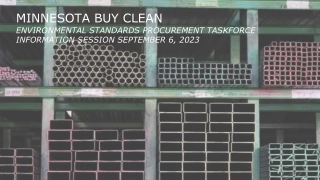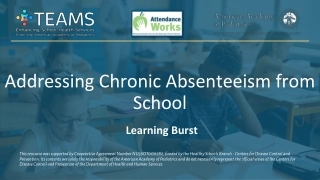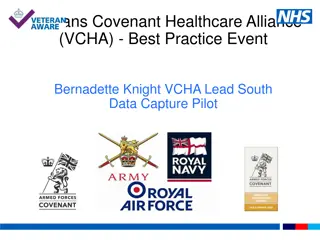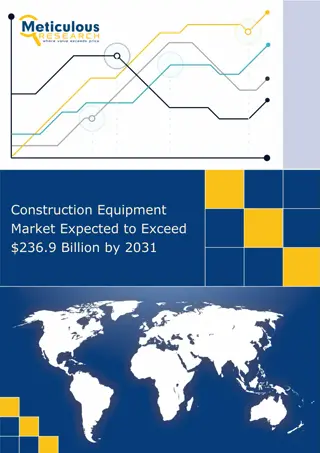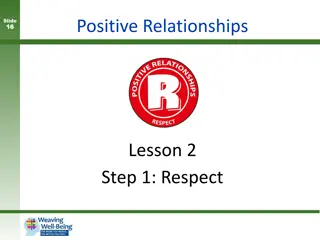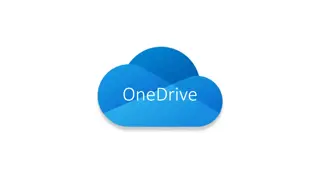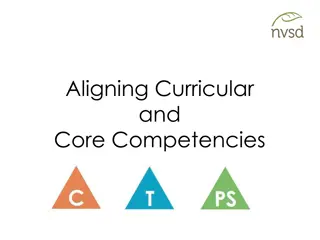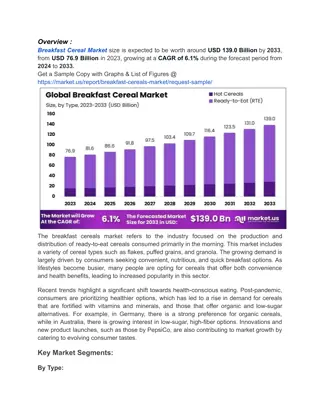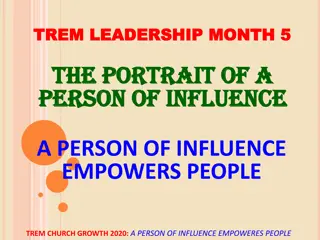Collaborating with Others?
Today's topics discuss the reasons to collaborate, how to choose collaborators, what mechanisms are needed, and key considerations when collaborating on projects. Discover the importance of additional expertise, different perspectives, and increased resources for successful collaboration. Learn about establishing research plans, setting timelines, agreeing on budgets, confirming roles, and maintaining open communication when working with others.
Uploaded on Feb 23, 2025 | 0 Views
Download Presentation

Please find below an Image/Link to download the presentation.
The content on the website is provided AS IS for your information and personal use only. It may not be sold, licensed, or shared on other websites without obtaining consent from the author.If you encounter any issues during the download, it is possible that the publisher has removed the file from their server.
You are allowed to download the files provided on this website for personal or commercial use, subject to the condition that they are used lawfully. All files are the property of their respective owners.
The content on the website is provided AS IS for your information and personal use only. It may not be sold, licensed, or shared on other websites without obtaining consent from the author.
E N D
Presentation Transcript
Collaborating with Others? If so, why and how? OSP AWARENESS MARCH 5, 2015 OS P . S Y R . E DU OS P OF F @ S Y R . E DU
Collaborating with Others Today s Topics Why Collaborate? How to choose? What does OSP need? What mechanism or agreement type is needed? Subrecipients* Subawards Contractors* Consultants Vendor/Purchased Service
Why collaborate with others? Need additional expertise Need different perspective Need additional person-power for nature of project or problem
When Collaborating: Establish the research plan together Set a timeline, milestones, deliverables that all can agree to Agree on a Budget/Budget justification and Statement of Work Confirm roles, responsibilities, expectations and deadlines Openly communicate on a regular basis
Choosing Who To Work With University Policy Requires Competitive Bidding* Considerations include price, quality, insurance, specification compliance, delivery terms and conditions, bidder experience and reputation. A request to waive competitive bidding procedures requires documented justification, and any waiver requires approval by the Director of Purchasing or his designee. Document Sole Source Selections* Procurement from only one source may be used only when one or more of the following circumstances apply: The item is available only from a single source An emergency will not permit a delay resulting from a competitive bid A written request is made and approved by the sponsor After solicitation from a number of sources is complete, competition is determined inadequate Third Party Engagement Form (Draft)* link
What does OSP need at time of Proposal? Documentation Authorizing Collaboration on the Project Simple statement from the collaborator committing to participate in the research Must be signed by an authorized official FDP (Federal Demonstration Partnership is currently working on a universally accepted template) Potentially replacing the current Subrecipient Commitment Form* Statement of Work/Description of Work to be Performed Budget and Budget Justification/Cost Estimates Identification of the type of Collaboration Planned; Subrecipient or Contractor Indirect Cost considerations Fixed price Subaward Requirements* SAM Registration Requirements*
Statement of Work Defines what work will be done Include: Name of Subrecipient PI or Contractor/Consultant Period of Performance/Time Commitment What will the project accomplish - objectives Where will the work be conducted Measurable activities and tasks describing the work to be done Meetings and reporting requirements
How Much? How Will the Money be Spent? Budget Financial expression of the Statement of Work. Detailed Budget Define allowable expenditures Address Indirect Costs Are they allowed? At what rate? Clearly identify Cost Sharing requirements Budget Justification Consider payment options Cost-reimbursable or fixed price*?
Subrecipient or Contractor? Subrecipient: Subawards/Subcontracts Make programmatic decisions within the agreed upon scope of work Would be considered a PI or Co-PI if at SU Minimal direction from SU Measured against prime sponsor requirements Work benefits the sponsor Contractor: Vendors/Purchased Services Provides required services as a normal course of business Operates in a competitive environment Measured against the agreement with SU Serves SU s needs with a high level of direction Consultants Individual Provides advice based on expertise Measured against the agreement with SU Serves SU s needs Indicators of Subawards, Purchased Services and Consultants
Subaward Life Cycle PI/Project Staff Submit Request to Issue a Subaward OSP Completes Subrecipient Monitoring Processes OSP Drafts And Negotiates Subaward Based on Information and Documents Contained in the Request to Issue OSP Creates the Subaward Commitment in People Soft OSP Receives Invoices and Performs Pre-Audit Review PI Monitor Quality of Work/progress and Approves Invoices for Payment PI Submits Request to Modify a Subaward as needed PI and OSP Complete Closeout Procedures when Work is Complete
Request to Issue a Subaward Request to Issue a Subaward Must include: Documentation supporting the Selection Process Used* Statement of Work Budget/Narrative Consider indirect costs Approved rate vs. De minimus rate of 10%* Current Contact Information Required FFATA Data including an abstract of the work to be performed by the collaborator.
Request to Modify a Subaward Request to Modify a Subaward Things to Think About Do you want to continue collaborating? Is the work progressing according to plan? Have invoices been submitted and are they appropriate? Are compliance issues in order? Are reporting requirements sufficient? Who is authorized to approve?
Engaging a Consultant PI/Project Staff Responsibilities Select Consultant and document process in accordance with University procurement policies.* Submit the Consulting Agreement with attachments outlining: the service to be provided; the number of days of service involved (per year, if applicable), the daily rate of compensation, and whether travel will be separately itemized. Setup Consultant Commitment and process appropriate invoices OSP Responsibilities Review submitted documentation Assure that the Consulting Agreement is complete and fully executed
Consulting Agreement Required Documents OSP Website Consultant Worksheet Consulting Agreement
Engaging a Vendor Managed by Department Staff OSP does not have a role in this form of collaboration however, OSA will pre- audit expenditures on sponsored projects Must follow University Procurement Policies Work with the Purchasing Department Purchasing Policies can be found at this link: Purchasing Policies
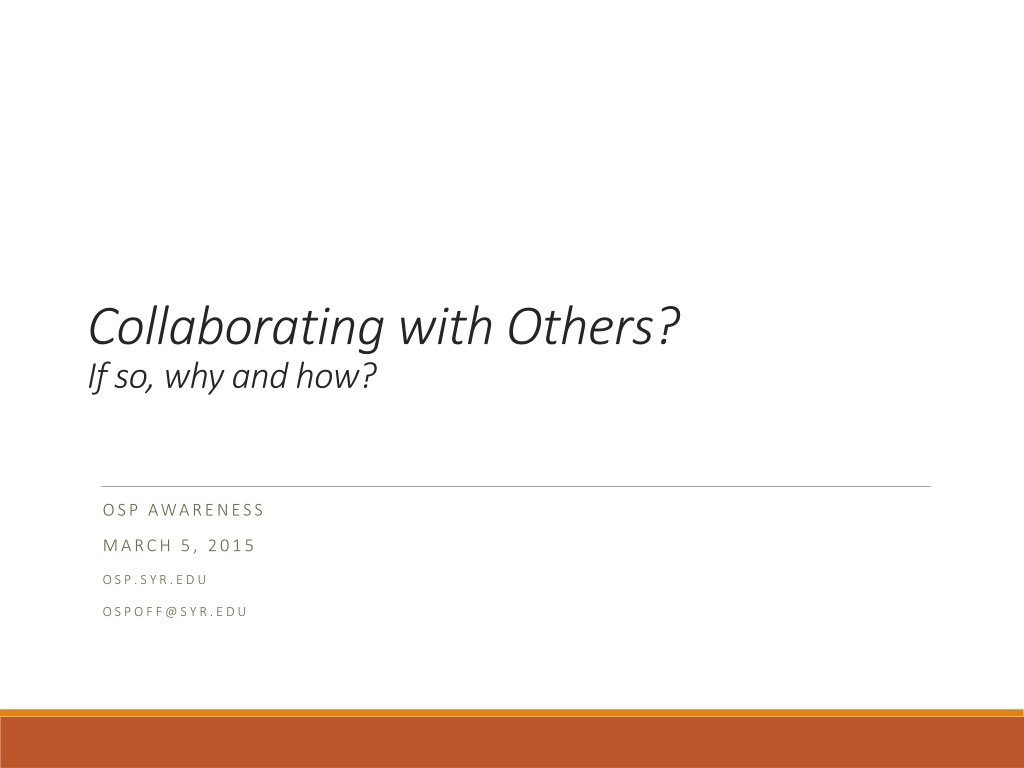
 undefined
undefined














